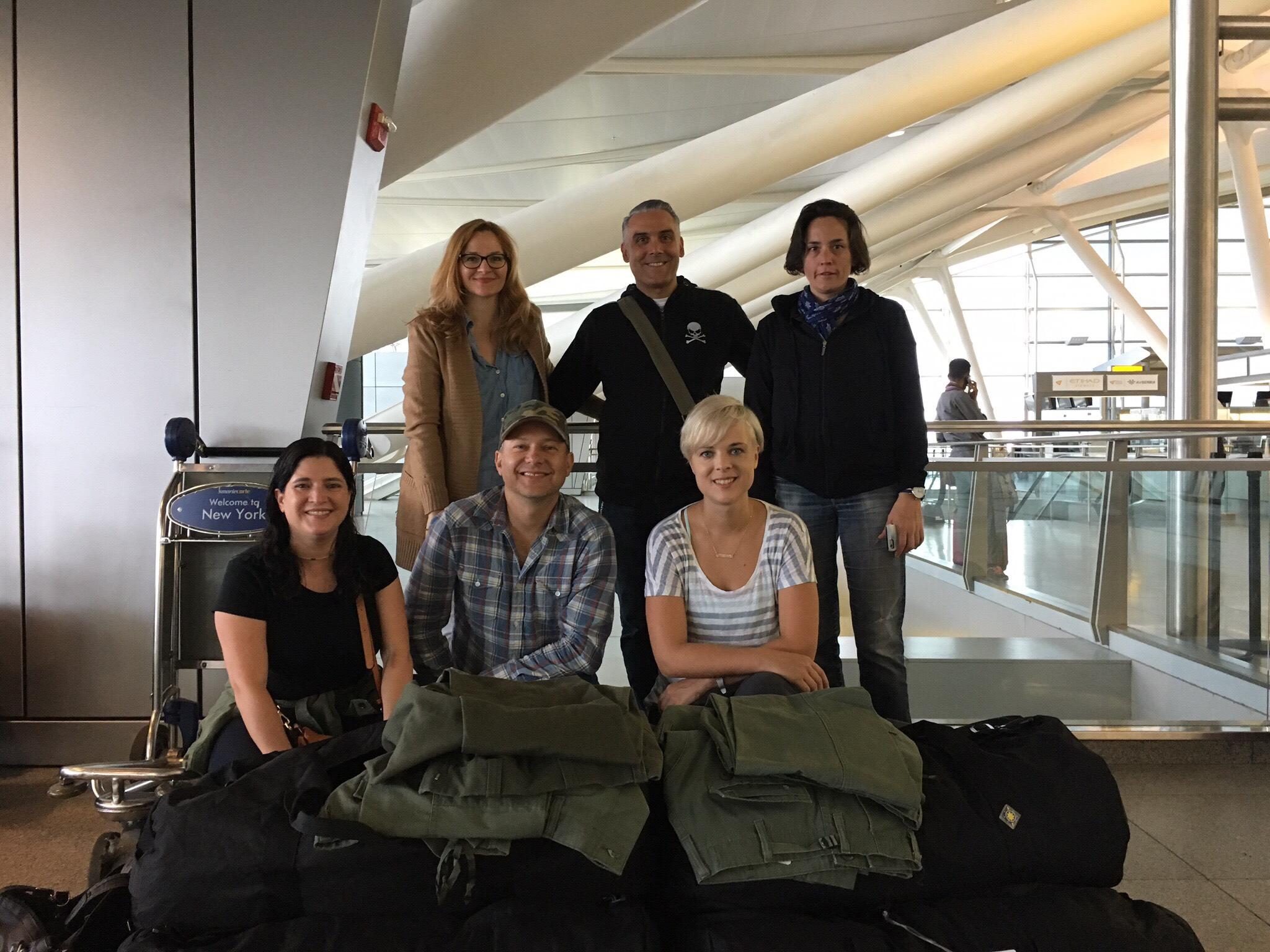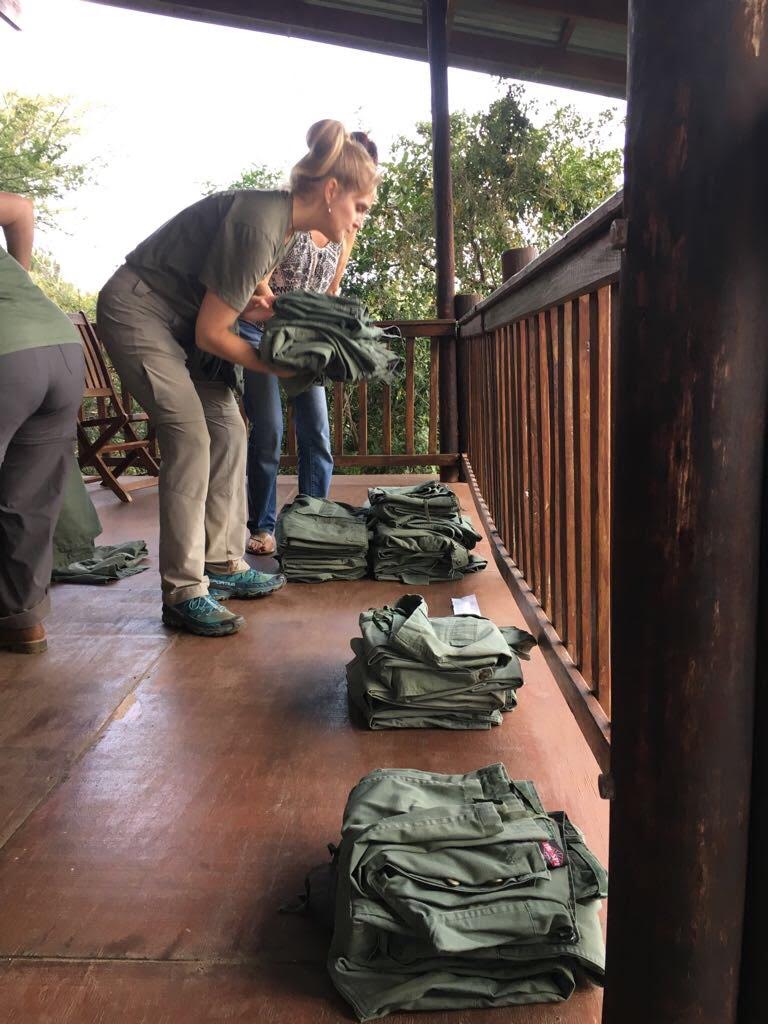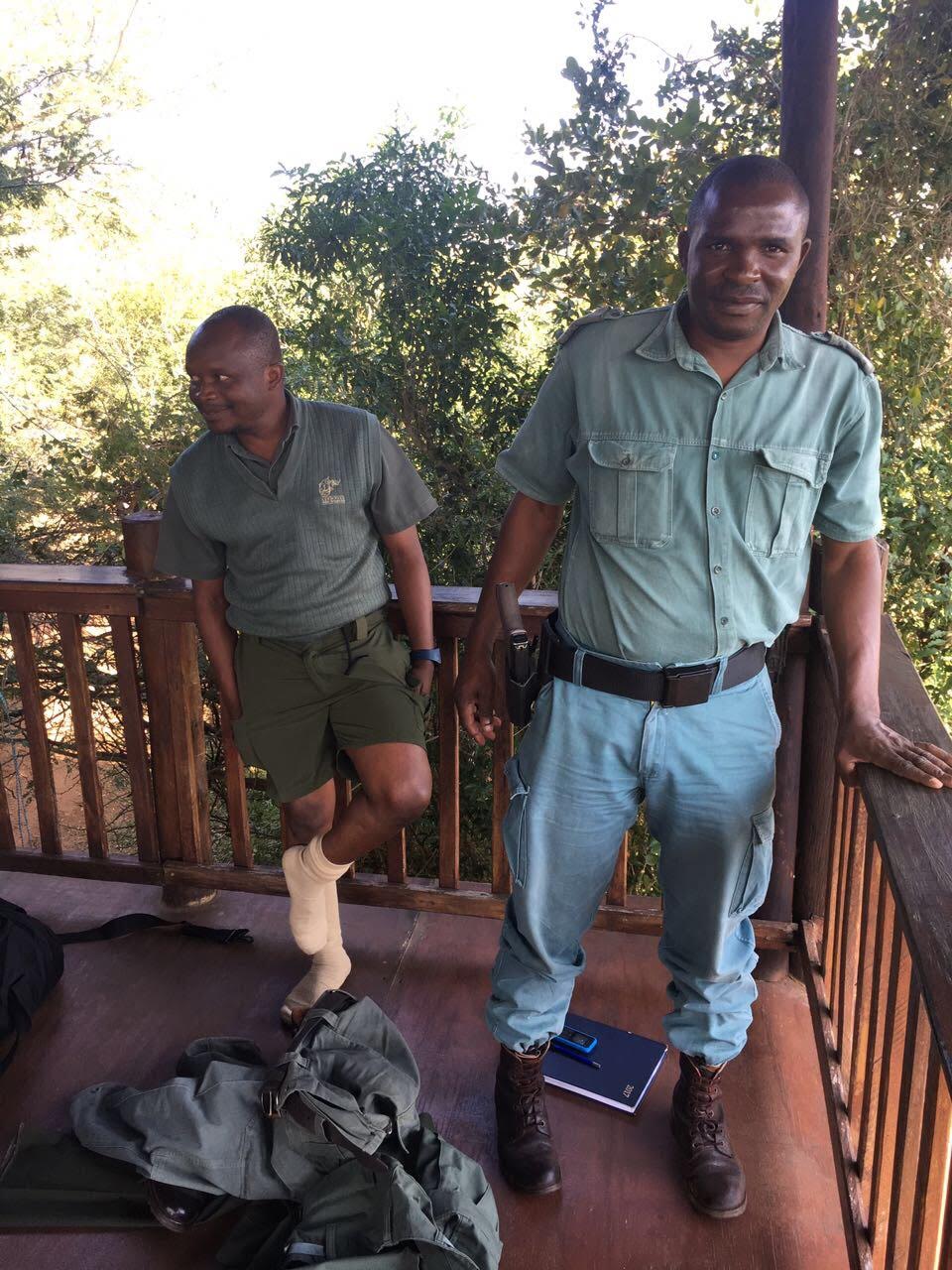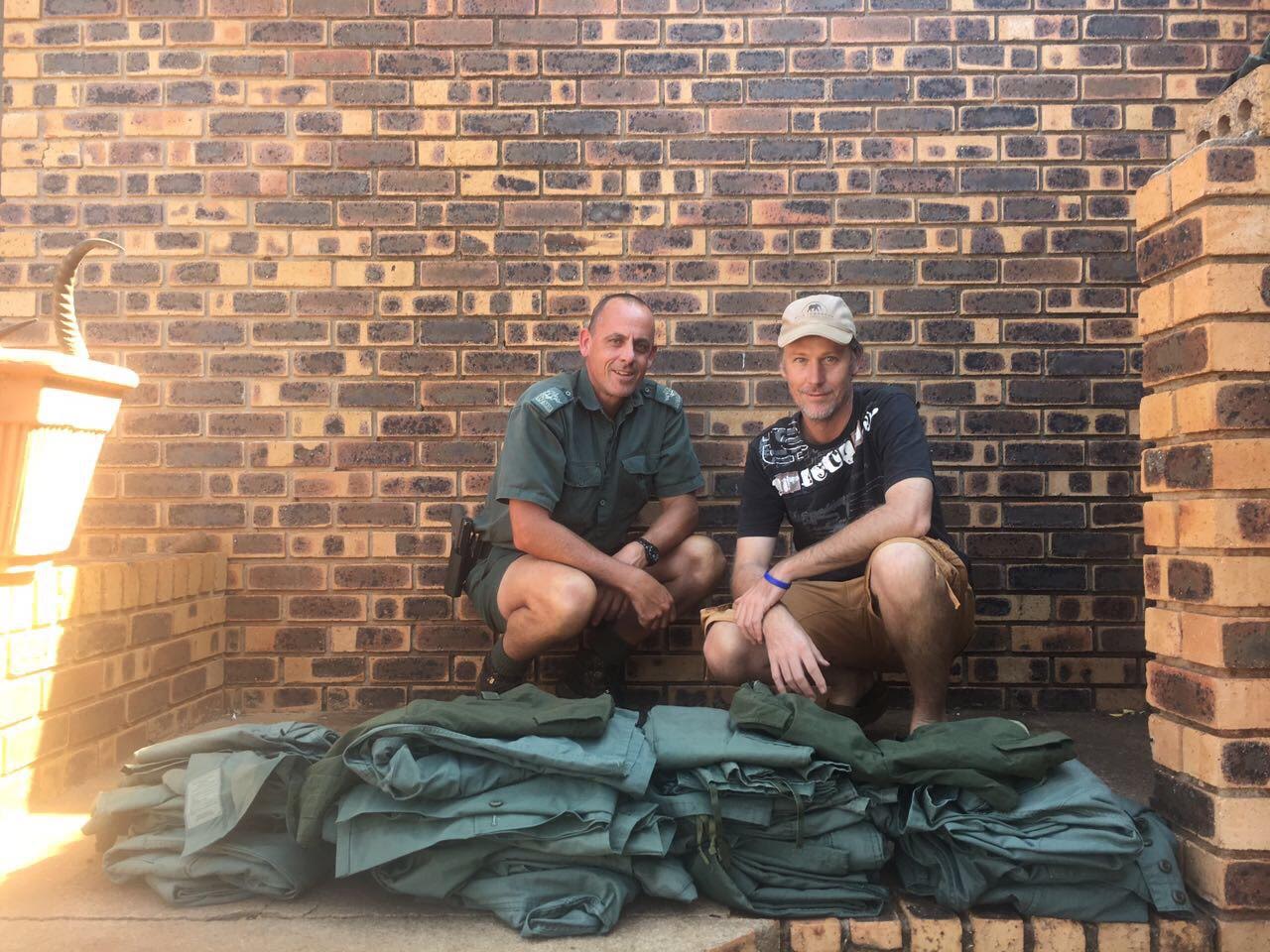The Ohio Department of Natural Resources (ODNR) closed the adjudication phase of what has become the largest case in the 146-year history of the ODNR Division of Wildlife, dubbed Operation North Coast in early 2019. The case primarily concerned the illegal taking and sales of Lake Erie sportfish and white-tailed deer meat products in counties along the Lake Erie shoreline.
The case, Operation North Coast, culminated in March 2016 with the execution of search warrants, arrest warrants and dozens of simultaneous interviews. It primarily concerned the illegal taking and sales of Lake Erie sportfish and white-tailed deer meat products in counties along the Lake Erie shoreline. Investigators spent 2 1/2 years attending court hearings in Cuyahoga, Lorain, Lucas, Richland, Ottawa and Wood counties.
Along with reviewing documents and conducting interviews, state wildlife investigators seized items including 96 deer and turkey mounts, 35 sets of antlers, more than 200 pounds of filleted sportfish and 400 pounds of de-boned venison and processed deer meat.
Nine defendants, including one in Wood County and eight in Cuyahoga County, were charged with engaging in a pattern of corrupt activity and associated crimes for operating as a criminal enterprise. The Division of Wildlife asserted members of the group took deer illegally, created false harvest records and laundered the deer meat into venison 'smokies.'
In Cuyahoga County, John Zayac, John Stofan and Terrance Ankrom harvested 39 deer, 22 bucks, during the two-year investigation. The group had their spouses and family members commit communications fraud and falsify records. The meat was transferred to Zayac, who took the de-boned venison to Smokin’ T’s, a meat processor in Ashtabula County.
Approximately 2,000 pounds of boneless venison were taken to Todd Neczeporenko, who owns Smokin’ Ts meat processing. Smokin’ Ts was charged with money laundering for converting the boneless venison into products that were later sold by members of the enterprise, primarily Zayac.
The following penalties were assessed by the Honorable Judge Michael Donnelly in plea agreements. Zayac paid $40,000 in restitution, had his hunting privileges revoked for seven years and forfeited 44 of the 54 seized deer mounts to the Division of Wildlife.
Stofan was ordered to pay $25,000 in restitution, lost his hunting privileges for five years and 31 of the 35 deer mounts were forfeited; Ankrom was ordered to pay $6,800 in restitution and lost his hunting privileges for five years; and Neczeporenko’s business pleaded to a lesser charge and had to pay $15,000 in restitution.
In Wood County, Mandon Freeworth harvested white-tailed deer illegally and had others commit communications fraud, a third-degree felony, by reporting the harvest as their own in the game check system. Freeworth was charged with 16 counts including 10 felonies. He pleaded to 10 charges, served 22 months in prison, paid $5,513.03 in restitution and lost his privilege to hunt, fish and trap until 2035. An additional 21 associates of Freeworth were charged with 39 crimes.
In a unique case, Matthew Langlois and Lawrence Turner committed theft by deception when they entered and won a walleye tournament on the Maumee River. The fish they entered had actually been caught on Lake Erie, yet they entered the fish and won $375. In addition to their $250 fine and 30-day suspended jail sentence, the two reimbursed Maumee River Bait and Tackle for the prize money.
In Lorain County, Carl Taylor Jr. and Alexander Lenz sold more than 100 pounds of sport-caught perch, walleye and white bass to investigators, which is a felony. Taylor pleaded to the 11-count indictment and was ordered to pay $10,700 in restitution, and Lenz was ordered to pay $2,500 in restitution. Both lost their fishing privileges for one year.
Also in Lorain County, Dennis and Andrew Urig were charged with the felony sales of white-tailed deer meat. The pair sold processed deer products from a storefront they owned and pleaded to their cases. Dennis paid $3,663.30 and lost his hunting and fishing privileges for six years, and Andrew was ordered to pay $1,340 and lost his hunting and fishing privileges for three years.
In Richland County, Ron Gasparac was charged with three felony counts of selling yellow perch fillets. He was documented six times of over-harvesting yellow perch on Lake Erie then cleaned and sold the fish. Gasparac lost his appeal and was sentenced to pay $6,120 in restitution and two years community control.
In all, the cases resulted in 46 defendants being charged with 91 felonies and 73 misdemeanors. They combined to pay $131,763 in fines and restitution and received 79 years of hunting and fishing revocation.







